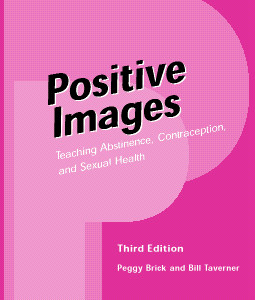
Just last week, Terrible Virtue, a fictional portrait of birth control activist Margaret Sanger by Ellen Feldman, was published by Harper. Sanger, the founder of Planned Parenthood, devoted her life to legalizing birth control, and improving its availability to all women.
Who Was Margaret Sanger?
Born in 1879, Sanger first became interested in the idea of legalizing and improving contraceptive access after watching her mother die of tuberculosis at the age of 50, weakened by her 11 childbirths and seven miscarriages.
Before becoming an activist, however, she became a nurse. As a nurse, she worked on New York City’s Lower East Side, where many of the women she saw were poor immigrants who lacked effective contraception. Because of this, in order to rid themselves of unwanted pregnancies, they were forced to resort to unsafe, back-alley abortions. It was the observation of this unending well of suffering that made Sanger shift her efforts toward improving women’s contraceptive options.
In 1914, Sanger coined the term “birth control,” and began providing women with both information on contraception… and actual contraceptives. She was indicted in 1915 for sending diaphragms through the mail. In 1916, she was arrested for opening a birth control clinic, which was the first of its kind in the country. Undeterred, she founded the American Birth Control League in 1921, the precursor to the Planned Parenthood Federation.
She devoted the next three decades to advocating for safe and effective birth control that would be accessible to all. Eventually, taking matters into her own hands, she collaborated with Gregory Pincus, a medical expert in human reproduction, who helped her bring her vision of a birth control pill to life. This collaboration led to the FDA approval of Enovid, the first oral contraceptive, in 1960.
Five years later, courts ruled that the private use of contraceptives was a constitutional right. Sanger passed away a year later, having seen her dreams realized.
Reading About Margaret Sanger
There is a wealth of literature that exists about Margaret Sanger. Feldman’s fictionalization in particular is, according to the book description, “Margaret Sanger’s story as she herself might have told it.” And that story is spellbinding.
But aside from the feminist histories in which she plays but a part, what else is out there for those looking for a nonfiction account of Sanger’s life?
Peter Bagge’s Woman Rebel: The Margaret Sanger Story. Written by a cartoonist, Woman Rebel is a biography of Sanger made visual and vivid.
Jonathan Eig’s The Birth of the Pill: How Four Crusaders Reinvented Sex and Launched a Revolution. While this book contains four central characters, Eig created plenty of space in which to spotlight Sanger’s work in support of the rights of women. Two of the other players are Sanger’s collaborators on the Pill: Katharine McCormick and Gregory Pincus.
Jean H. Baker’s Margaret Sanger: A Life of Passion. Baker’s biography is a defense of Sanger… a response to those who criticized Sanger’s socialist leanings and belief in eugenics.
Margaret Sanger’s The Autobiography of Margaret Sanger. While Feldman’s book purports to be Sanger’s story as she herself might have told it, this actually is the story Sanger presented to the world of the life she led in support of women’s rights.
And if you can’t get enough of this remarkable woman, this coming July, Soft Skull Press is publishing:
Sabrina Jones’s Our Lady of Birth Control: A Cartoonist’s Encounter with Margaret Sanger. This historical graphic novel provides an illustrated account of Sanger’s life, framing the biography with Jones’s personal experiences of coming of age at the height of the sexual revolution.





